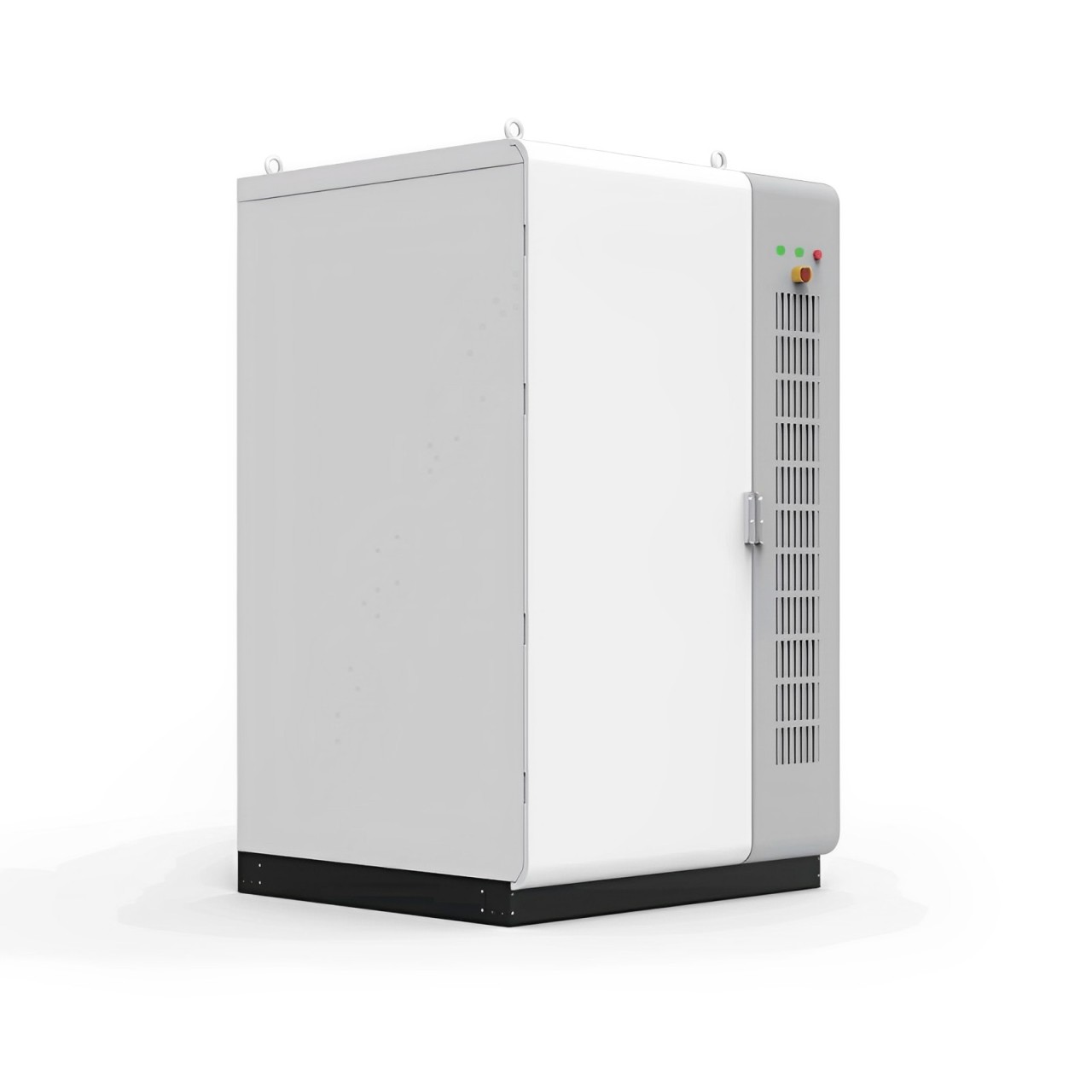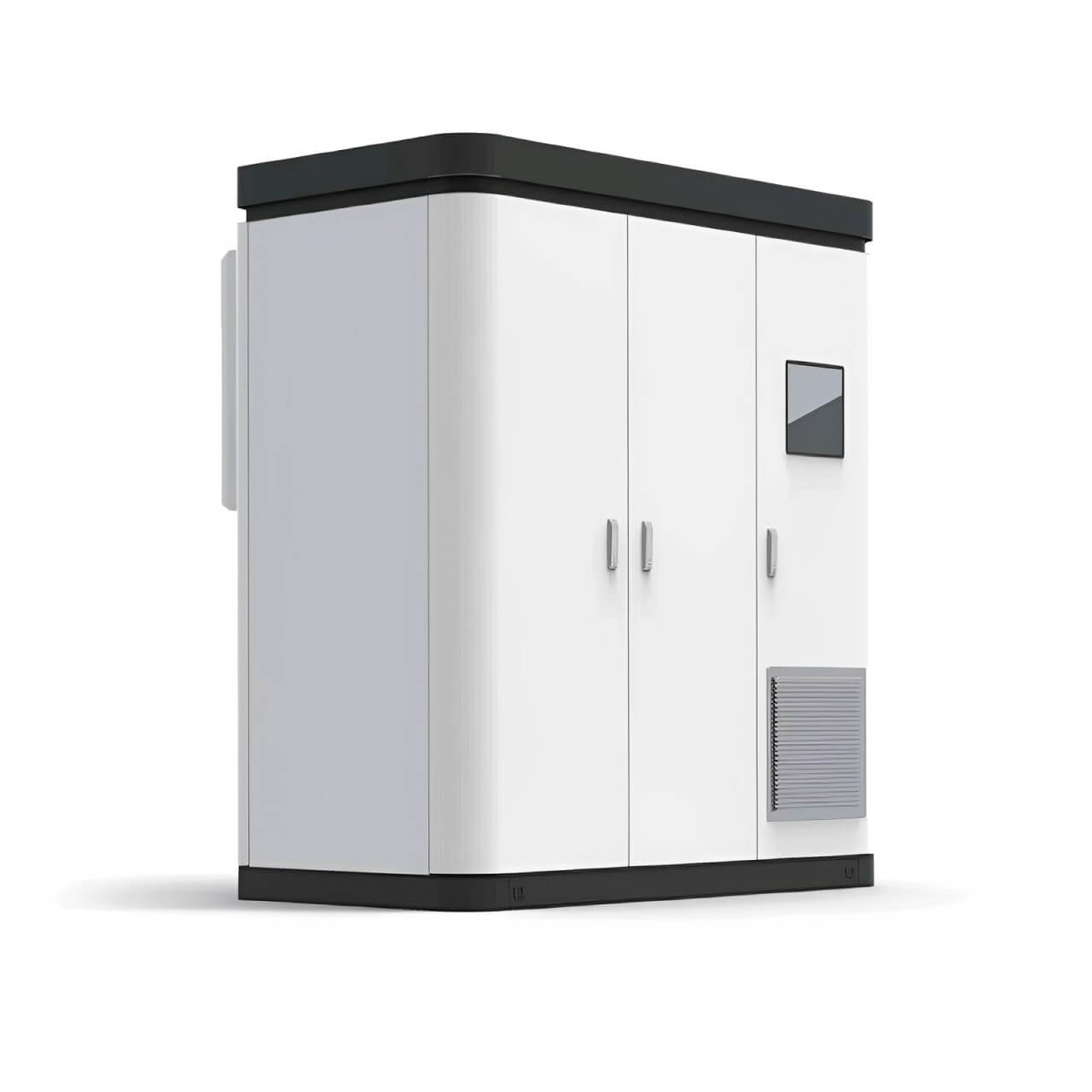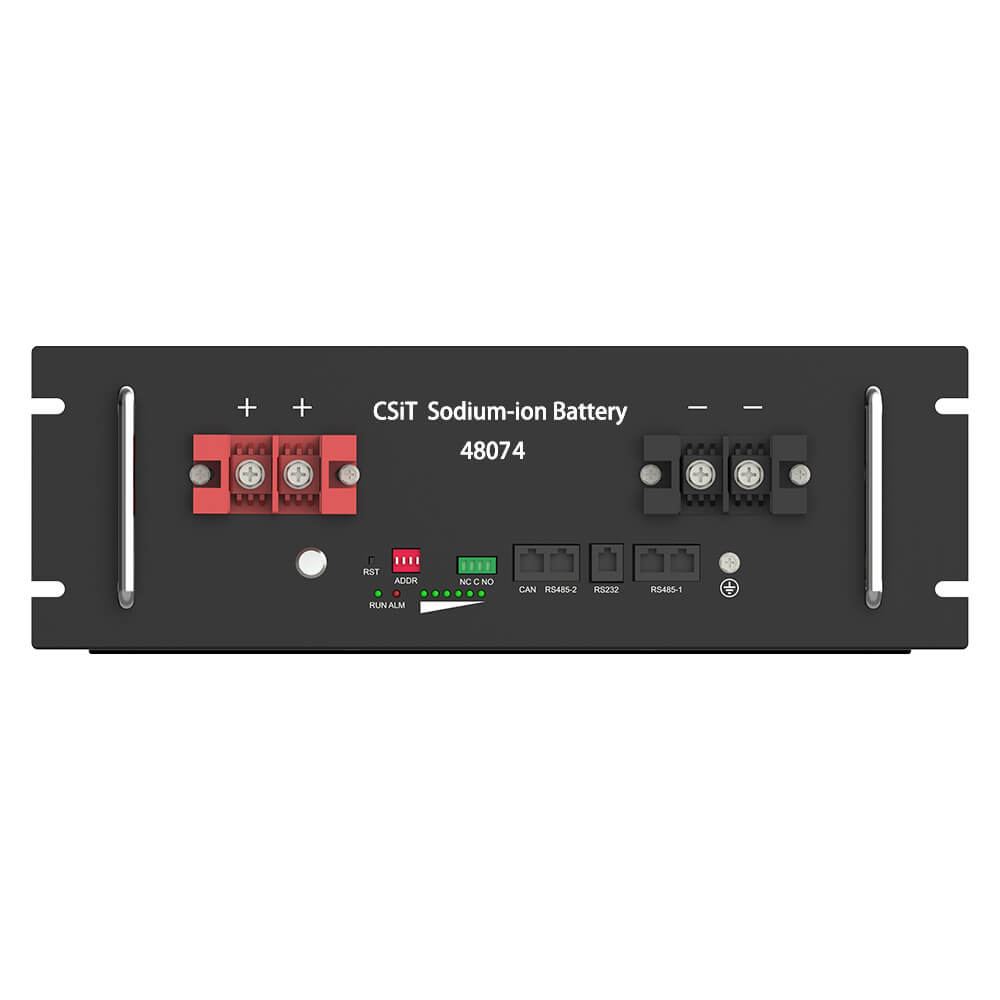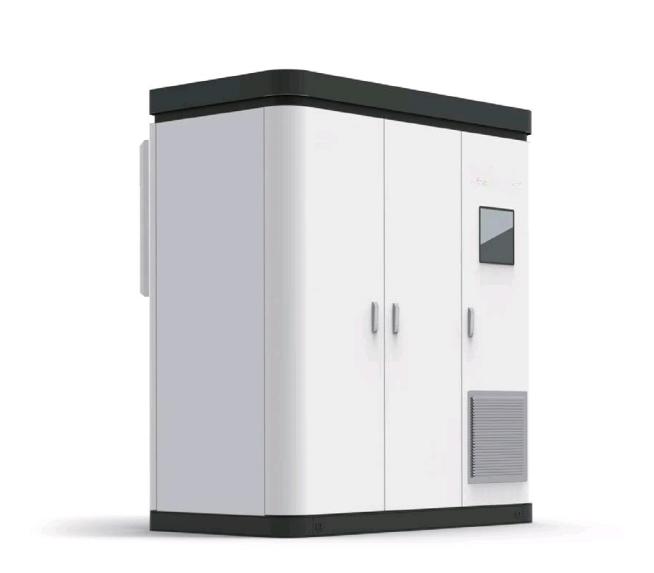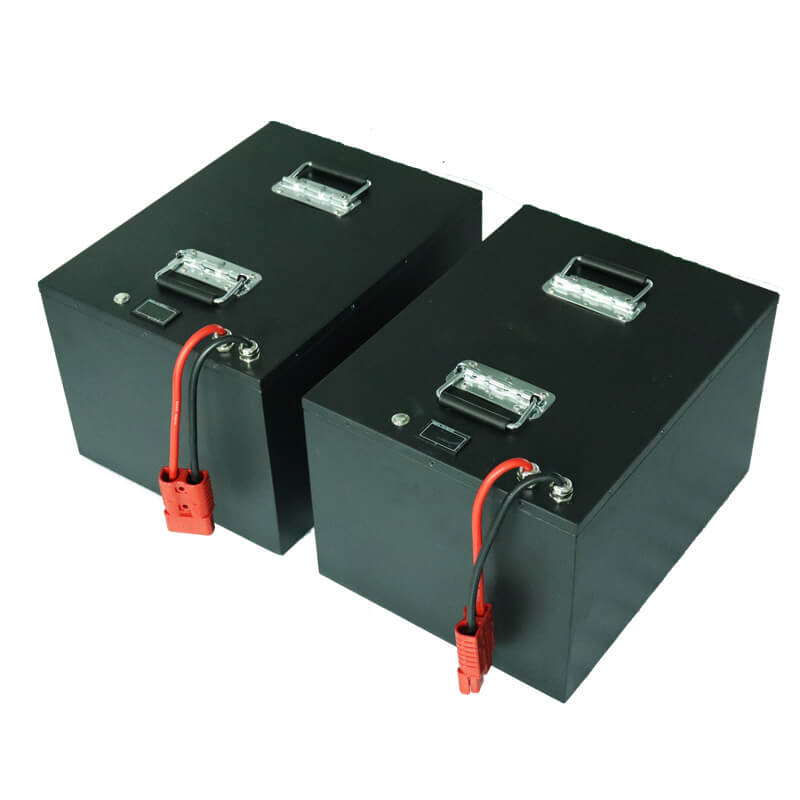Under what circumstances will lithium batteries normally explode?
In our daily life, lithium batteries can be found almost everywhere, from electric cars to small computer motherboard batteries, lithium batteries have become an indispensable part of people. We often see a number of lithium batteries safety accidents, the most impressive is explosion and fire. How to avoid such things happen?
1. Avoid short circuit and overcharge.
Most of the safety accidents caused by lithium batteries are caused by short circuit. We know that when the battery's positive and negative electrodes in the case of very small resistance connected to each other in the abnormal path, that is, we often say that the short circuit, the battery will produce a very large internal current and heat, the heat generated and the release of excessively strong electrical energy not only leads to serious damage to the life of the battery, but also for the use of lithium batteries made of sealed packages, the internal pressure will be generated to lead to the battery's internal pressure increases. Due to the chemical properties of lithium ion is very active, and ultimately will produce shell bursting and combustion of the situation. Due to the chemical properties of lithium-ion batteries, when we overcharge the battery (overcharge) operation, due to the lithium battery anode can not embed more lithium ions, resulting in lithium ions in the anode surface with lithium metal precipitation, resulting in the emergence of dendritic lithium phenomenon, when the dendritic lithium grows to a certain extent will pierce the diaphragm, resulting in an internal short-circuit, there is a break in the isolation membrane, the same will be the case of an internal short-circuit, thereby The same will happen when the isolation film is broken, which will also cause an internal short circuit, thus leading to safety accidents. Therefore, in our daily use of lithium batteries, we should try to avoid the emergence of short-circuit or overcharging, but for most digital products, its internal charging circuit will be equipped with the appropriate protection IC to avoid the phenomenon of overcharging, when the protection circuit to detect the lithium batteries have reached the state of full charge, will automatically cut off the charging circuit. But here is still not recommended to connect a cell phone or other device for a long time in the energized state of the charger, after all, who do not want to use their own cell phones or other devices and even personal safety to go and a small charging protection chip bet.
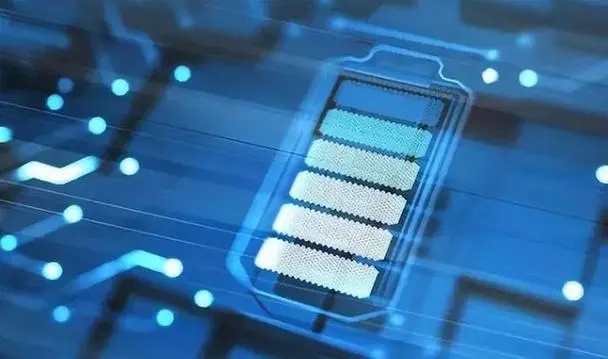
2. Puncture is also very dangerous.
Compared with the short circuit and overcharge, the lithium battery puncture is also a very unwise practice. It will cause internal short circuits after acupuncture, which will generate a large amount of heat and smoke and even cause thermal runaway. Acupuncture can cause direct contact between the positive and negative terminals of the battery, causing an internal short circuit. A short circuit generates a large amount of heat, rapidly increasing the battery's internal temperature.
3. Avoid high temperature and fire baking. High temperature or fire will also lead to lithium battery explosion and combustion phenomenon.
Especially in the hot summer or a long time exposure to the sun in the car, will lead to lithium batteries are located in the environment temperature is higher than its normal storage temperature. So when we use equipment containing lithium-ion batteries, we should try to avoid prolonged use in high temperature environment, although lithium batteries in the direct use of fire bake the case, resulting in the explosion and combustion time is relatively long, but there will still be a sudden increase in the internal pressure of the situation, that is, we often say bulging bag. When our cell phone batteries or other lithium-ion batteries appear bulging, should immediately cut off the power and stop using, in order to prevent further increase in internal pressure, and replace the new battery.
Generate battery explosion generally have the following circumstances:
1. Overcharge explosion
Protection line out of control or detection cabinet out of control so that the charging voltage is greater than 5V, resulting in electrolyte decomposition, the battery internal reaction, the battery internal pressure rises rapidly, the battery explosion.
2. Overcurrent explosion
Protection line out of control or the detection cabinet out of control so that the charging current is too large, resulting in lithium ions can not be embedded in time, and the formation of lithium metal on the surface of the pole piece, penetrating the diaphragm, positive and negative direct short-circuit caused by the explosion (rarely occurs).
3. Ultrasonic welding plastic shell explosion
Ultrasonic welding plastic shell, due to the equipment so that the ultrasonic energy transferred to the battery core, ultrasonic energy is very large to make the battery internal diaphragm melting, positive and negative direct short-circuit, resulting in an explosion.
4. Spot welding explosion
Spot welding when the current is too large to cause a serious internal short-circuit resulting in an explosion, in addition, spot welding when the positive connectors are directly connected to the negative terminal, so that the positive and negative electrode directly short-circuit after the explosion.
5. Over-discharge explosion
Battery over-discharge or over-current discharge (3C or more) is easy to make the negative electrode copper foil dissolved and deposited on the diaphragm so that the positive and negative electrodes directly short-circuited to produce an explosion (rarely occurs).
6. vibration explosion when dropped
Core in the violent vibration or fall caused by the core internal pole piece misalignment, direct serious short circuit and explosion (rarely occurs).
Lithium battery cell overcharge to a voltage higher than 4.2V, will begin to produce side effects. The higher the overcharge voltage, the higher the danger. After the voltage of lithium battery cell is higher than 4.2V, the number of lithium atoms left in the positive electrode material is less than half, and the storage compartment will often collapse, resulting in a permanent drop in battery capacity. If charging continues, as the storage compartment of the negative electrode is already full of lithium atoms, the subsequent lithium metal will accumulate on the surface of the negative electrode material. These lithium atoms will grow dendritic crystals from the anode surface in the direction of the lithium ions. These lithium metal crystals will pass through the diaphragm paper and short-circuit the positive and negative electrodes. Sometimes before the short-circuit battery explosion, this is because in the overcharging process, the electrolyte and other materials will be cracked to produce gas, so that the battery shell or pressure valve bulge rupture, so that the oxygen into the lithium atoms piled up on the surface of the negative electrode to react, and then explode.
Therefore, when charging lithium batteries, must set the upper limit of the voltage, in order to take into account the life of the battery, capacity, and safety at the same time. The ideal upper limit of charging voltage is 4.2 V. There should also be a lower limit of voltage when discharging the lithium cell. When the cell voltage falls below 2.4V, some of the materials will begin to be destroyed. And because the battery will self-discharge, the longer you put the lower the voltage will be, therefore, it is best not to discharge to 2.4V before stopping. Lithium batteries from 3.0V to 2.4V discharge period, the energy released only accounts for about 3% of the battery capacity. Therefore, 3.0V is an ideal cut-off voltage for discharge. When charging and discharging, in addition to the voltage limit, the current limit is also necessary. When the current is too high, lithium ions do not have time to enter the storage compartment and will gather on the surface of the material.
These lithium ions gain electrons and crystallize lithium atoms on the surface of the material, which is just as dangerous as overcharging. In case the battery case ruptures, it can explode. Therefore, the protection of lithium-ion batteries should include at least three items: the upper limit of charging voltage, the lower limit of discharging voltage, and the upper limit of current. General lithium battery packs, in addition to lithium battery cells, there will be a protection plate, this protection plate is mainly to provide these three protections. However, the protection plate of the three protection is obviously not enough, the global lithium battery explosions or frequent rumors. To ensure the safety of the battery system, the causes of battery explosions must be more carefully analyzed.
1. Greater internal polarization;
2. Pole piece water absorption, and electrolyte reaction gas drum;
3. The quality and performance of the electrolyte itself;
4. The amount of liquid injection does not meet the process requirements;
5. Poor sealing performance of laser welding in the assembly process and air leakage when measuring air leakage;
6. Dust, pole piece dust is easy to lead to micro-short circuit in the first place;
7. Positive and negative pole pieces are thicker than the process range, and it is difficult to enter the shell;
8. Liquid injection sealing problem, steel ball sealing performance is not good leading to gas drum;
9. Shell incoming shell wall thickness, shell deformation affects the thickness;
10. Outside the high ambient temperature is also the main cause of the explosion.

 简体中文
简体中文 Russian
Russian French
French German
German Japanese
Japanese Korean
Korean Arabic
Arabic Spanish
Spanish